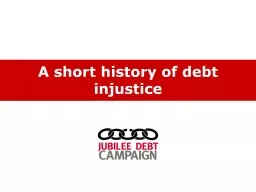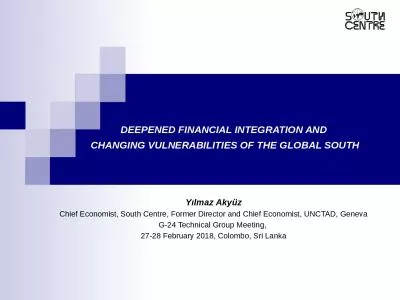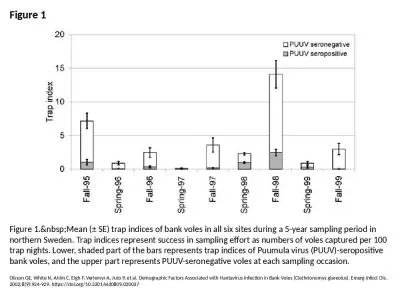PPT-The new debt trap? External debt levels stable?
Author : alida-meadow | Published Date : 2018-02-11
Slight increase in debt payments Significant increase in lending in recent years Projections made in 20132014 for increasing debt payments Nine countries most exposed
Presentation Embed Code
Download Presentation
Download Presentation The PPT/PDF document "The new debt trap? External debt levels ..." is the property of its rightful owner. Permission is granted to download and print the materials on this website for personal, non-commercial use only, and to display it on your personal computer provided you do not modify the materials and that you retain all copyright notices contained in the materials. By downloading content from our website, you accept the terms of this agreement.
The new debt trap? External debt levels stable?: Transcript
Download Rules Of Document
"The new debt trap? External debt levels stable?"The content belongs to its owner. You may download and print it for personal use, without modification, and keep all copyright notices. By downloading, you agree to these terms.
Related Documents














